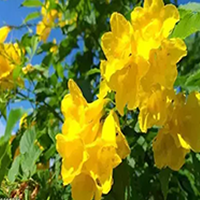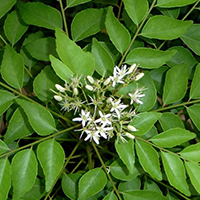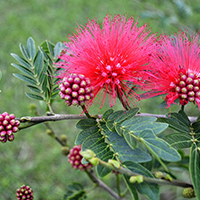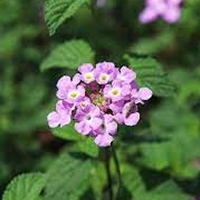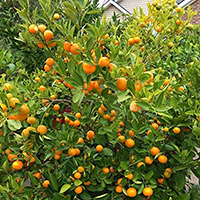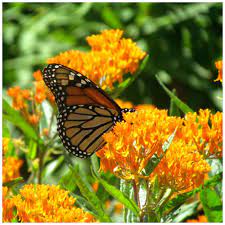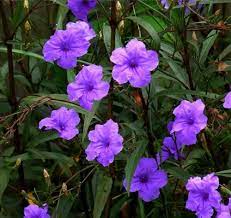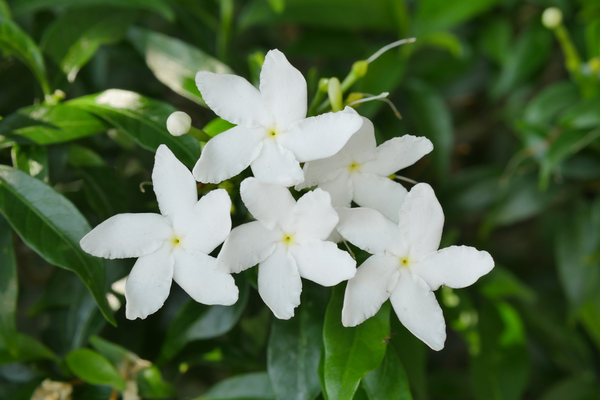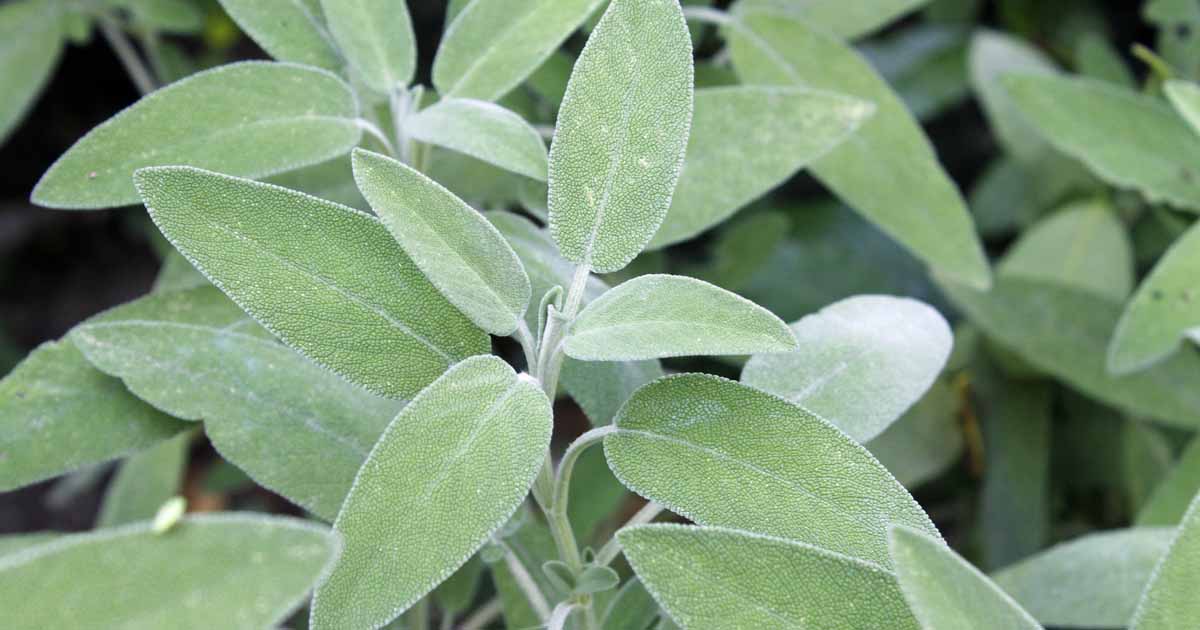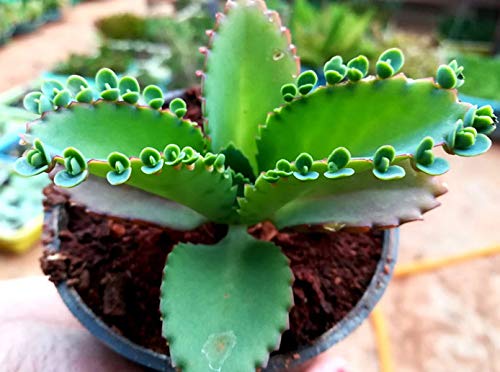Butterfly Garden
Butterfly gardening is more than just an aesthetic choice to bring colour to your garden: Butterflies act as pollinators and can greatly benefit the health of your garden plants.
Butterflies are most active from spring to late summer when plant growth is at its peak.
6 Steps for Creating a Butterfly Garden
Choose the right location
If planting a butterfly garden in your backyard, ensure that your location gets the right amount of sunlight for flowers to grow and to attract butterflies.
Select flowers that attract butterflies.
To benefit your local butterflies, fill your garden with two types of plants: nectar plants and host plants. Adult butterflies drink nectar, so a nectar source will entice them to come to your garden. Host plants provide a place for butterflies to lay eggs, and they serve as food sources for caterpillars once the larvae hatch. The plants you grow also provide a support structure for butterfly chrysalises. Different plants attract different butterfly species. For example, monarch butterflies are primarily attracted to milkweeds, and swallowtail butterflies are drawn to verbena and lantanas. Other examples of butterfly-friendly flowering plants include asters, black-eyed Susans, fritillaries, Joe-Pye weeds, marigolds, purple coneflowers, salvias, echinacea, zinnias, butterfly bush, and butterfly weed. Many garden centres have labels on plants that are butterfly friendly.
Use organic, homemade bait
In addition to colourful flowers, butterflies are drawn to sugar- and yeast-based baits, which can provide food and essential nutrients for butterflies. You can make homemade bait with a mix of rotting fruit (like bananas, peaches, plums, and apples), white sugar, molasses, or beer. Place the butterfly bait in an area that is easily accessible to butterflies—on flat rocks, tree stumps, or a dish.
Add a water source
A puddling station is essential to help butterflies stay hydrated and receive vitamins and other nutrients from muddy water, like sodium. Fill a shallow dish with water, adding soil, sand, or pebbles to create a watery mud. Add more water and organic matter as the dish empties, especially during warm seasons. You can place puddling stations near the bait stations.
Build butterfly shelters
Trees and shrubs can provide shade and resting places for butterflies, but by building a shelter, you can protect butterflies against predators and harsh weather conditions. A butterfly house can also act as an area for butterflies to rest and hibernate, as well as a place for caterpillars to cocoon. These shelters don't need to be fancy—a wooden box with a small opening will suffice.
Stay clear of toxic pesticides
Many pesticides kill butterflies and other essential pollinators. Avoid chemical-based pesticides, even organic ones. Your best bet for pest control in a butterfly garden is companion planting. In addition to planting flowers that attract butterflies, consider also planting flowers that repel pests.


